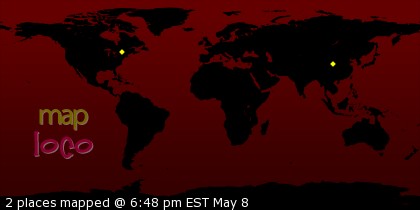For the intro see part one below. Here I'll mention a few models for thinking about plot, all of which can be applied to either internal or external plot.
Model 1-Plot, what, why how: Plot is confusing in part because when writers and readers talk about it, they're talking about several different things, and we rarely differentiate explicitly.
Plot the what, plot the why, and plot the how. Very often we focus on plot the what, the sequence of events that take us from the beginning of a story to the end, and talk about it in great detail.
The what of plot can be anything and everything and is easy to worry about and to follow to distraction.
The why of plot is the most important thing for the writer to think about. And, fortunately, it's much simpler. Why do the things in a story happen? Fiction is the art of crafting stories with a purpose. That purpose can be as simple as crafting a ripping yarn, or as complex as well pretty much anything you can conceive of.
The key to a well plotted story is mapping the why onto the how. The what follows naturally after that. Why are you telling the story? What do you want out of the story? Once you have an idea of that you can move on to the how.
In my case, the why is usually built around wanting people to come see my cool world. I decide what parts of the world I want to show off. Where in the world can I place the story for maximum tourist advantage? Then I map out a loose path through the set and start thinking about what sort of character would follow that path, which leads me to conflict and another way to think about plot.
A note on cost: There is no plot without cost. If the characters in your story don't have to give anything up (cost) there is no tension, and so no story.
Okay, so it looks like I'll have to finish this up in part three tomorrow for length reasons. In the meantime the usual request for thoughts and comments applies.
What do you think?
Thursday, May 31, 2007
Subscribe to:
Post Comments (Atom)





No comments:
Post a Comment